Welcome to the modern agricultural world, where technological advancements have revolutionized food production. Farmers no longer have to depend entirely on age-old techniques; a new era has dawned, bringing remarkable innovations transforming this time-honored profession.
Farming has been revolutionized by ground-breaking practices and innovations such as precision agriculture, artificial intelligence, hydroponics, and drone technology. What new methods and technologies revolutionized agriculture is the topic of this article.
New Methods And Technologies Revolutionizing Agriculture
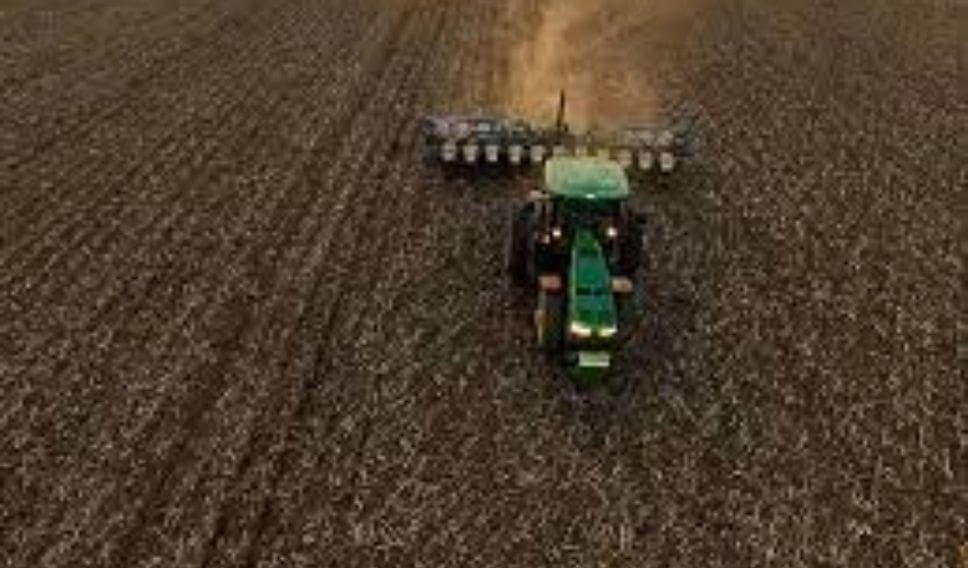
This article will explore the intriguing subject of agricultural evolution and discuss how modern techniques and tools have altered agrarian practices. Come with us as we travel through time in search of contemporary agriculture’s origins and our ancestors’ timeless wisdom.
Please wear your safety belts because you’re in for a wild ride as we discover what’s cooking in the fields! Prepare to be astounded by the unprecedented gains in efficiency, sustainability, and production made possible by these ground-breaking methods. Okay, let’s jump in!
Also Read: What Are The New Technologies In Agriculture?
The Traditional Methods of Farming
The ancient ways of farming have been practiced for generations, establishing the basis of agriculture as we know it today. These time-honored approaches rely on physical effort and minimal instruments to grow crops and manage cattle.
Back then, farmers used rudimentary hand tools like hoes and plows drawn by animals to till the soil. Seeds were often planted by hand, with a dibber or wooden stick. Irrigation systems based on channels and ditches were built to provide water to farms.
Grazing animals on open pastures or containing them in pens built of natural materials like wood or stone were standard practices in livestock raising. Milk, meat, wool, and dung were all resources made possible by animals.
Using sickles or scythes to chop crops physically was a time-consuming and exhausting procedure. During threshing, grain was separated from chaff by being beaten or tramped.
Although there was a wide range of traditional agricultural methods from one place and culture to the next, they all had one thing in common: a commitment to ecological sustainability.
Traditional techniques provided a springboard for agricultural advancement globally, but they also had drawbacks, including low output and susceptibility to weather swings. Nonetheless, they are still significant to our agricultural past and legacy.
Innovations in Agricultural Technology
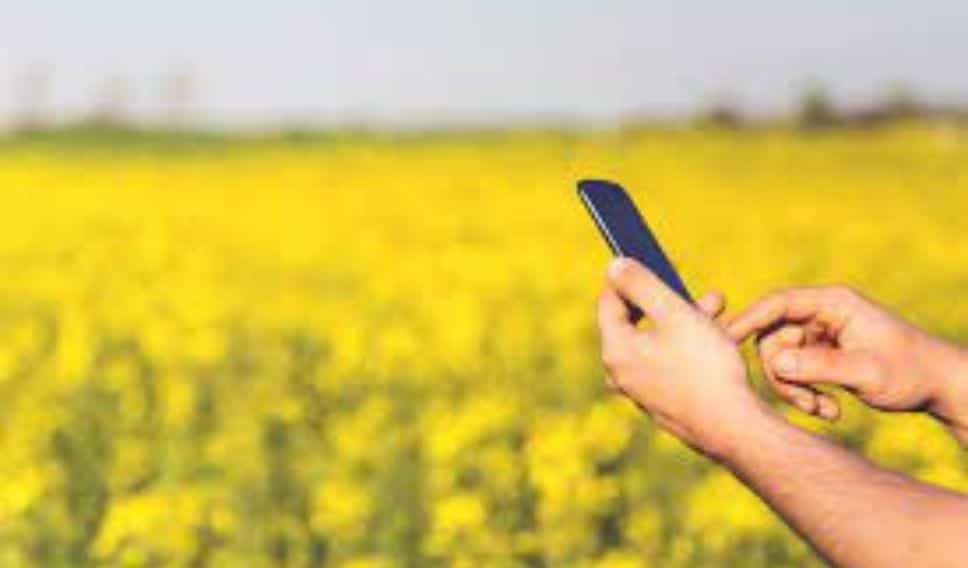
Innovations in farming technology have been instrumental in bringing about a sea change in the agricultural industry. These developments have enhanced productivity, agricultural yields, and environmental sustainability.
Adopting “smart farming” methods, including installing sensors and analyzing collected data, is a significant step forward in the field. This helps farmers to make educated choices about watering, fertilizing, and controlling pests, all of which contribute to more efficient use of available resources.
Machines that operate without human input, like GPS-guided tractors, are another game-changing innovation. These devices need little human interaction as they plant seeds or apply insecticides. This reduces the need for manual work and guarantees the proper application of agricultural procedures, saving time and money for farmers.
In addition, recent developments in biotechnology have allowed the creation of genetically engineered crops that can fight pests or thrive in extreme environments. This has helped farmers throughout the globe increase food yields in fewer areas with fewer chemical fertilizers and pesticides.
Agriculture is also making more use of robots and AI-powered technologies. Robots may be programmed to do things like harvest crops or check on the health of animals without human intervention. AI algorithms analyze data from weather stations and satellite pictures to deliver actionable insights.
To wrap things up (as directed), these technological advances in agriculture have the potential to make farming a more environmentally friendly and economically viable sector that can keep up with the needs of a rising global population.
Also Read: 5 Electronic Devices For Agriculture Use
Precision Agriculture
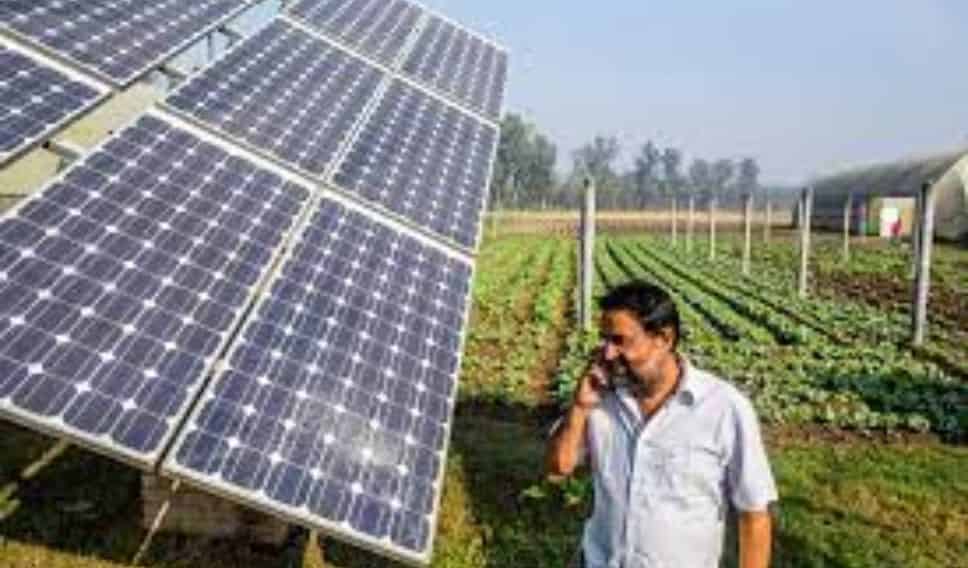
Precision agriculture has recently emerged as a game-changer in the farming industry. This novel approach makes use of technology and data analysis to enhance agricultural productivity by maximizing the use of available resources.
Using global positioning system (GPS) data and satellite images to build accurate field maps is crucial to precision agriculture. Soil, moisture, and nutrient content may all vary across fields, and these maps let farmers see where those differences exist. Based on this data, farmers will be better able to adjust their sowing and fertilizing practices.
Remote sensing technology is another helpful tool for precision farmers. Drones fitted with cameras or sensors may take comprehensive photos of crops from above, offering significant information about plant health and growth trends. This helps farmers see the first symptoms of diseases or nutritional deficits so they may intervene before the situation worsens.
Precision agriculture also includes using high-tech equipment like self-driving tractors with automated steering systems. These devices allow precision planting, spraying, and harvesting by accurately following predefined courses based on field mapping data.
One of the most significant developments in precision agriculture is the use of real-time meteorological data in agricultural methods. Farmers can better plan for irrigation and pest management when they monitor short- and long-term weather predictions.
Both farmers and the planet stand to profit significantly from precision agriculture. It reduces wastage while increasing production by focusing on specific field areas while applying inputs like water, fertilizer, and pesticides.
To sum up (not to conclude), precision agriculture has revolutionized conventional farming by increasing output while decreasing waste. With ongoing research and development, such as AI-based decision assistance systems, the future looks even brighter for this ground-breaking method.
Also Read: Soil Moisture Meter: 11 Best Professional Soil Moisture Meters
Hydroponics and Vertical Farming
New techniques like hydroponics and vertical farming are changing the face of agriculture. These strategies address restricted land availability, water shortage, and climate change.
In hydroponics, plants are grown without needing soil but in a nutrient-rich water medium. This technique provides exact control over nutrients and removes the need for conventional soil-based agriculture. Hydroponics maximizes growth and productivity by delivering nutrients directly to plant roots.
Using a controlled environment, numerous layers of crops are stacked vertically to maximize available area. Farmers can produce their crops year-round with the help of artificial lighting and temperature control. This technology eliminates the need for conventional outdoor farming techniques while optimizing available areas.
There are several advantages to using either hydroponics or vertical gardening. Since water can be recycled inside closed systems, they use less than traditional farming. Because pest control is more straightforward in closed systems, using no-impact insecticides or herbicides is another advantage of these approaches.
Since hydroponics and vertical farming may be established nearer metropolitan areas where fresh food is in great demand, they cut down on transportation expenses associated with long-distance distribution networks.
Finally, hydroponics and vertical farming have shifted the agricultural paradigm by providing environmentally friendly, resource-efficient options. These techniques will become more critical as technology improves their ability to provide for the world’s ever-increasing population.
Also Read: Know About Drone And What Its Popular Uses Are.
Drone Technology in Agriculture
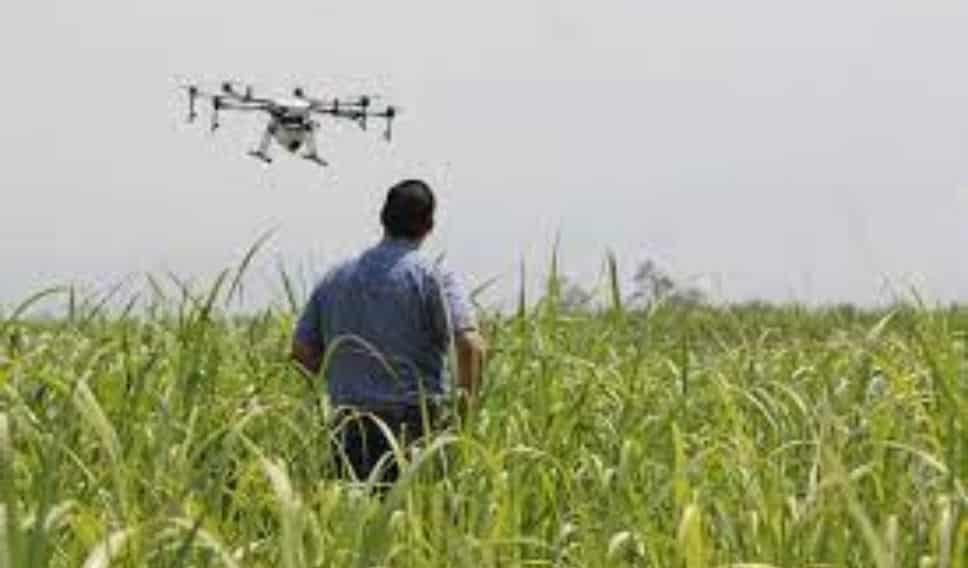
Once considered the province of amateurs only, drones have shown their worth in agriculture. These uncrewed aerial vehicles (UAVs) transform agricultural methods by delivering a bird’s-eye perspective of crops and cattle. Drones benefit farmers because they can gather information from their various sensors and the high-resolution photographs they can take.
Drones have several applications in farming, but one of the most common is crop monitoring. By attaching drones with specialized cameras and sensors, farmers can monitor plant health, detect nutrient deficits or insect infestations, and pinpoint areas that require watering or fertilizer. Because of this, we can implement precise measures that save money and have less of an effect on the environment.
Drones have many uses, but one of the most promising is in precision agriculture. Drones with GPS capability can map farms with pinpoint accuracy, allowing farmers to organize crops better and monitor harvests. These tools also make it easier to apply pesticides and herbicides precisely where they’re required, lessening the strain on the environment and boosting yields.
Beyond crop management, drones also serve with livestock monitoring. They may be used to remotely monitor herd health indicators like body temperature or heart rate or to follow animal movements over expansive grazing regions. By allowing for immediate action when appropriate, animal welfare is enhanced thanks to this real-time data.
Drones are also beneficial for remote sensing methods, such as thermal imaging and multispectral analysis, that evaluate soil conditions. Farmers may improve their irrigation plans and fertilizer application rates with the help of this long-term drone data analysis, which gives them granular insights into soil moisture levels and nutrient composition.
Also Read: How GPS is Used in Agriculture
Artificial Intelligence and Big Data in Farming
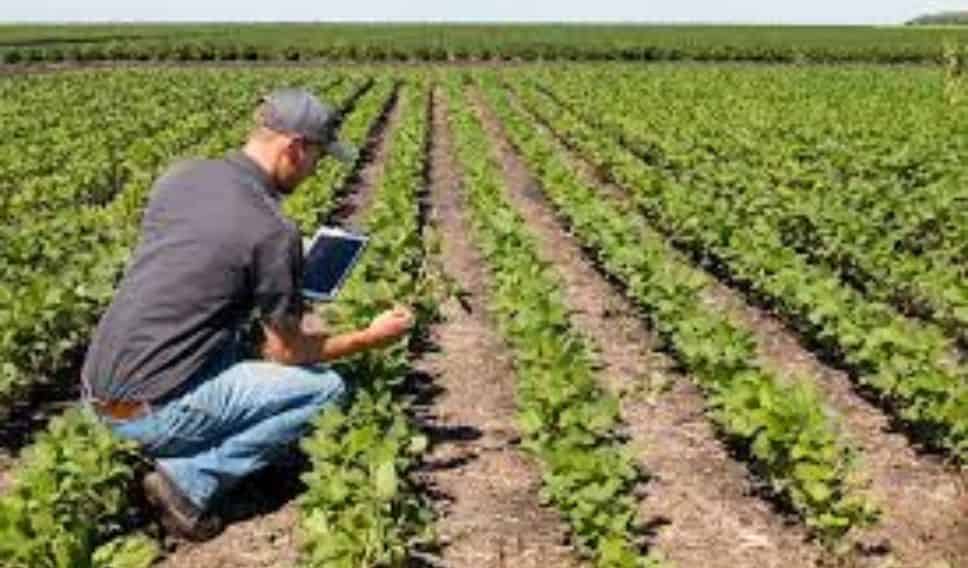
We could never have predicted the extent to which AI and Big Data would transform agriculture. Modern technology has given farmers unprecedented access to data, allowing them to improve their methods and yields.
The capacity to gather, analyze, and understand massive volumes of data is a significant advantage of AI in agriculture. Artificial intelligence systems can monitor soil moisture, temperature changes, and other indications of crop health, as well as anticipate weather patterns with the help of sensors spread over the fields. Thanks to this plethora of data, farmers can fine-tune their irrigation plans, fertilizer dosages, and pest management tactics.
Drones driven by artificial intelligence and high-resolution sensors can take accurate aerial photographs of crops. After collecting these photographs, computer vision algorithms may analyze them to spot problems like vitamin deficits or emerging indicators of illness. The sooner issues are fixed, the less damage they may do to a farm’s produce.
Analyzing large amounts of data is also essential to making farms more efficient. Farmers may acquire significant insights into long-term agricultural production patterns by combining data from several sources, such as satellite imagery, historical climate data, market trend data, and equipment performance records, onto a single platform. Farmers may use this information to optimize their planting schedules and choose the best seed kinds for their regions.
In addition, AI chatbots have been created to provide instantaneous recommendations on effectively managing crops in light of the present environment. Farmers may easily submit their pest identification or plant illnesses inquiries into these chatbots’ interfaces, which employ machine learning methods for immediate analysis and proposed solutions.
Integrating AI and Big Data has provided fresh opportunities for environmentally friendly farming. It is now possible to minimize waste and maximize resource efficiency through precise planning at every stage, from sowing seeds to harvest time, thanks to predictive analytics models powered by AI algorithms analyzing environmental factors and market demand signals from Big Data sources.
Impact of Biotechnology on Agriculture
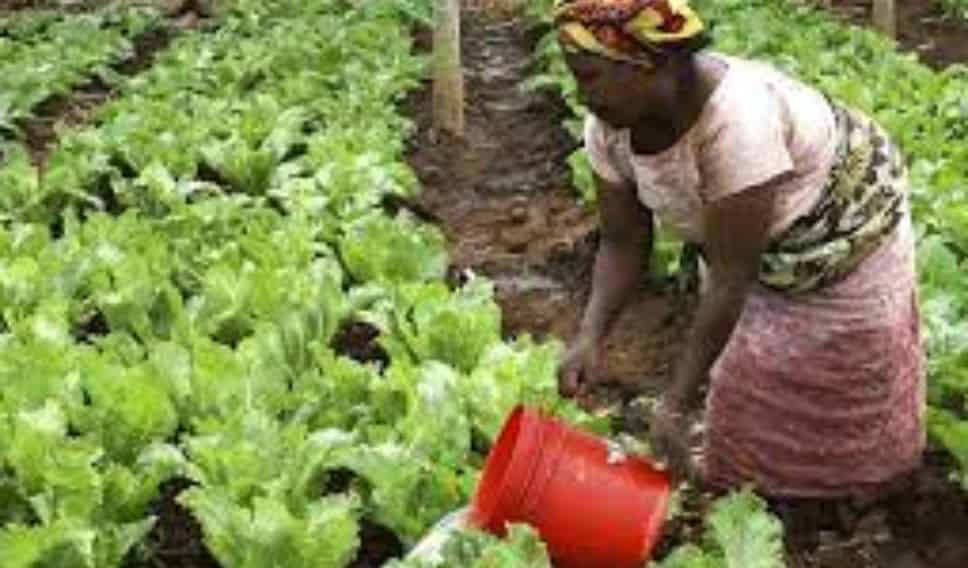
Biotechnology has achieved tremendous advances that have completely changed the face of farming. Biotech approaches have helped scientists increase food yields, boost nutritional value, and lessen their adverse effects on the environment.
Creating GMOs (genetically modified organisms) represents a huge step forward. These plants can tolerate environmental stresses, including pests, diseases, and bad weather. Scientists have developed ways to genetically modify plants so that they are more resilient to stresses like these. Because of this, yields are increased, and harmful chemical pesticides and herbicides are minimized as well.
Crop enhancement is another area where biotechnology has had a significant influence. Conventional breeding techniques might take years or even decades to attain the necessary features in plants. CRISPR-Cas9 and other gene editing methods have greatly improved the efficiency and specificity with which scientists can alter genes. This expedites the creation of higher-yielding, disease-resistant, and nutritionally superior new cultivars.
Additionally, biotechnology plays a significant role in establishing sustainable farming techniques. For instance, biofuels made from plants may lessen the environmental impact caused by fossil fuel combustion. Using biodegradable polymers derived from sustainable resources also helps reduce the environmental impact of plastic waste.
In addition, new biotech approaches have been developed to address global food insecurity. Researchers are exploring the possibility of genetically modifying essential crops like rice to boost their nutritious content.
Although there are worries about the long-term impacts of genetically modified organisms on biodiversity and human health, their usage is heavily regulated, guaranteeing extensive testing before reaching customers’ plates.
Also Read: IoT In Agriculture Examples
Methods for a Long-Term Future in Agriculture
As the globe struggles to find ways to feed a rising population while reducing its environmental effects, sustainable agricultural methods have gained prominence in recent years. Methods that are sustainable economically, socially, and ecologically are prioritized in these activities.
Organic farming is one such method since it does not use artificial inputs like fertilizers and pesticides. To preserve soil fertility and prevent crop damage, organic farmers use crop rotation, composting, and biological pest management practices.
Conservation tillage is another method used in sustainable farming; it eliminates or dramatically reduces the amount of soil disturbed by plowing. Farmers may increase soil moisture retention, structure, and nutrient retention by leaving crop waste on fields after harvest.
Sustainable farmers also use a practice called cover cropping. It entails sowing legumes or grasses in fields that would otherwise be left fallow. In addition to protecting the soil from erosion and weed growth, these cover crops also boost their fertility by fixing nitrogen or providing organic matter.
Sustainable farming methods also rely heavily on wise water management. Drip irrigation is one efficient method that may provide water directly to plant roots without wasting as much water on evaporation or runoff. Further resource conservation may be achieved by using precise technology that monitors water levels inside plants to improve watering schedules.
Farmers throughout the globe are increasingly adopting the sustainable practice of agroforestry. As part of this strategy, trees are included in farming practices to provide shade for animals, function as windbreaks to limit soil erosion and provide extra goods like fruit and lumber.
These are just a few of the many ways farmers reinvent contemporary agriculture by adopting a more sustainable approach and promoting biodiversity conservation without sacrificing production levels.
Future Trends in the Agricultural Revolution
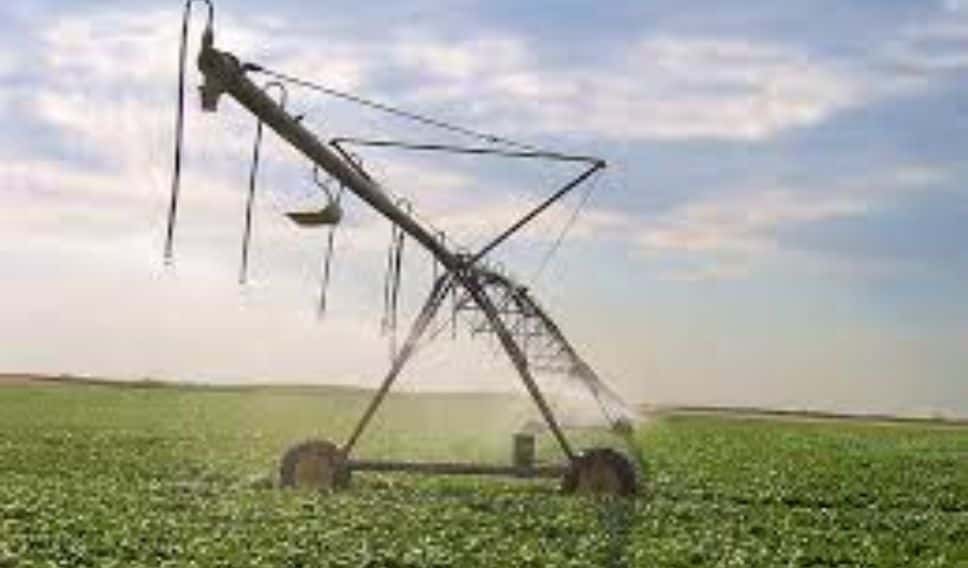
There is much room for creativity and progress in agricultural practices in the years to come. The agriculture sector is also developing rapidly due to the quick rate of technological advancement. Here are some fascinating developments that will likely drive the next agricultural revolution.
Intelligent agricultural practices are becoming more popular. This includes monitoring things like crop vitality, soil moisture, and the weather with the help of sensors, IoT devices, and data analytics in real-time. Informed judgments on watering, fertilizing, and pest control by farmers will lead to more efficient use of resources and higher yields.
Another rising idea is vertical farming. By growing crops inside in vertically stacked layers utilizing artificial lighting and controlled settings, farmers may improve space efficiency while lowering water consumption. This approach also enables continuous production throughout the year, unaffected by time of year or geographic location.
Another topic with promising potential to revolutionize agriculture is genetic engineering. Genetically modified crops are being developed by scientists to have improved features, including resistance to disease, drought, and higher nutritional value. With higher crop yields and less need for pesticides, these advances may help alleviate some of the world’s food security issues.
Future agriculture will largely be shaped by technological progress and sustainable practices. More and more farmers use regenerative farming strategies like cover crops and rotational grazing to improve soil health. This helps increase agricultural yields and remove carbon dioxide from the air.
As high-tech automation technologies, such as robots and AI-powered equipment, become increasingly commonplace on farms, precision agriculture will develop further. These advancements allow for more efficient and accurate planting, harvesting, and spraying with less human effort.
Also Read: Benefits Of Computers In Agriculture
Conclusion
New techniques and technology have propelled the agricultural revolution and altered the landscape of food production. Every facet of agriculture has seen substantial progress, from time-honored methods to cutting-edge technologies.
Precision agriculture has helped farmers enhance their operations by employing data-driven insights for better decision-making. Growing food in a more regulated setting with less water use and higher yields is now possible using hydroponics and vertical farming. Drones have improved the efficiency and economy of field monitoring and agricultural spraying.
AI and big data analytics are becoming more important in the agriculture sector. AI-powered systems can evaluate massive volumes of data gathered from sensors, satellites, weather predictions, and historical records to help farmers make informed decisions about crop health, disease detection, ideal planting dates, irrigation demands, and more.
Genetically modified organisms (GMOs) have increased pest resistance or improved nutritional value thanks to biotechnology’s influence on agriculture. These developments have boosted harvests while decreasing the use of toxic pesticides.
As people become more concerned about the state of the planet, sustainable farming methods are gaining popularity. Farmers use organic farming, regenerative agriculture, crop rotation, cover cropping, integrated pest management (IPM), and conservation tillage to improve soil quality and biodiversity while reducing their adverse effects on the environment.
The future of the agricultural revolution seems promising if we look at the current trends. Since land is at a premium in cities, yet people still want healthy food, vertical farms may become more common. Robotics might play a more significant role in automating processes like harvesting or precise planting.
Supply chains that can be followed from the farm to the table in full transparency might be made possible by blockchain technology.
Keep Reading
- How Are Electric Cars Changing The World
- Gardening: How Is Technology Used In Gardening?
- Best 25 Essential Tools To Start A Kitchen Garden
- Fast Growing Vegetables in Pots
Recent Posts
Here is reply of high-demand removable wallpapers. The wallpaper industry has changed a lot in recent times, with the launch of removable wallpaper being seen as a blessing for homeowners, renters,...
Brown is an often neglected color when considering interior design but brown decor living room ideas could make your house feel warm, sophisticated, and timeless. More adaptable than any other...
